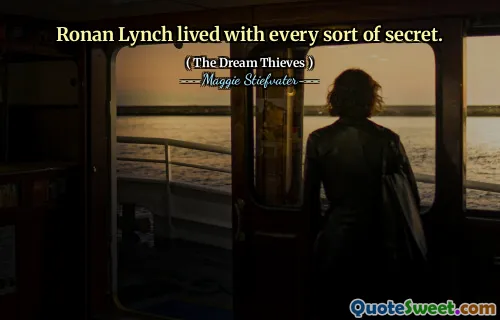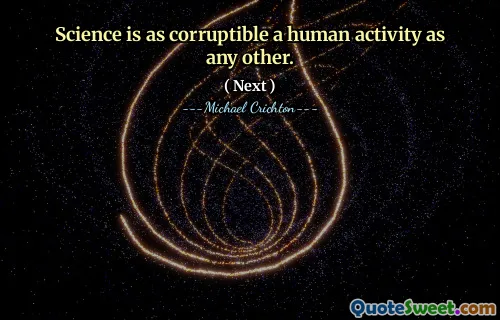
I know what this is.
This excerpt from 'The Dream Thieves' offers a profound exploration of identity, perception, and the nature of self-awareness. The imagery of Adam tracing the tattoo, which transforms from a Celtic knot into a miniature version after being swallowed, suggests a journey into the subconscious or a confrontation with hidden aspects of oneself. The phrase 'Scio quid hoc est'—Latin for 'I know what this is'—implies a moment of recognition or understanding that transcends conscious awareness. Ronan's reaction upon waking—feeling both ashamed and euphoric—illustrates the complex emotional tapestry that dreams can evoke. The euphoria fading before shame reveals how fleeting moments of bliss can be intertwined with feelings of guilt or self-judgment, possibly hinting at internal conflicts or unresolved issues. The closing line, 'He was never sleeping again,' resonates deeply; it signifies a permanent shift in perception, perhaps marking the awakening to uncomfortable truths or the had realization of one's own inner landscape. Overall, the passage vividly captures the layered intricacies of the human psyche, illustrating how our subconscious can reveal profound insights—sometimes unsettling, sometimes exhilarating—and how those revelations influence our sense of self long after the dream has faded. It challenges us to consider the nature of reality and the masks we wear, reminding us that beneath the surface, there exists a tangled web of memories, symbols, and truths waiting to be uncovered.



